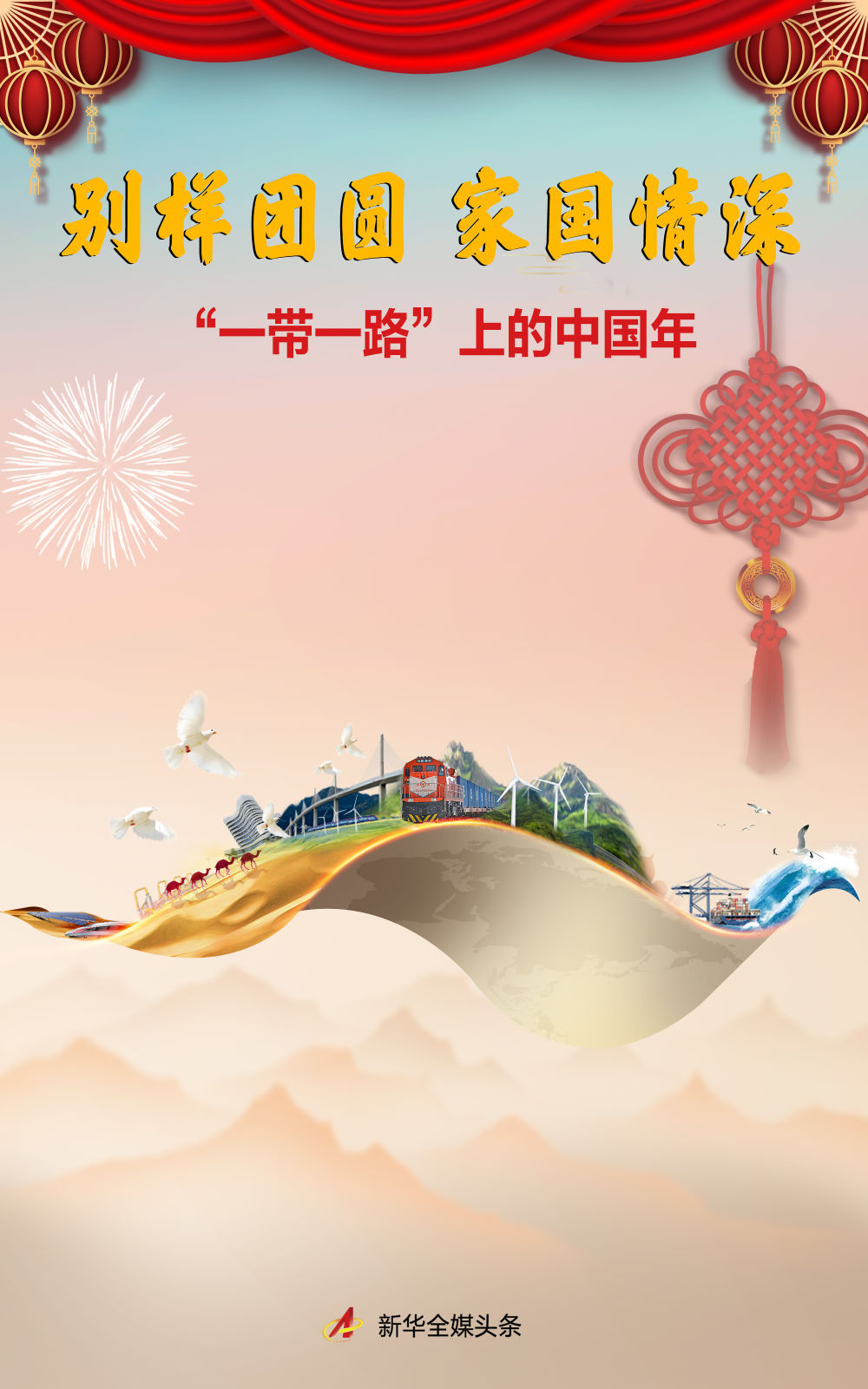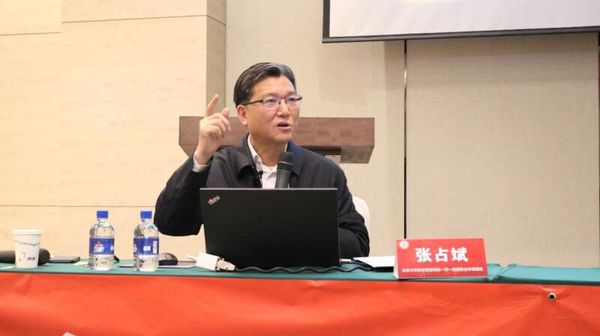The State Has Entrusted You With Important Responsibilities And Xinjiang’s Five Major Strategic Positions. You Can Understand It In One Article #新江大development
The State Has Entrusted You With Important Responsibilities And Xinjiang’s Five Major Strategic Positions. You Can Understand It In One Article #新江大development
In the autumn of 2024, a China-Europe train departed from the Horgos port and crossed the border. The sound of the collision between the wheels and the rails was particularly clear. This is no ordinary launch, but a concrete advancement of China’s westward opening strategy. Xinjiang has been assigned five major strategic positions
In the autumn of 2024, a China-Europe train departed from the Horgos port and crossed the border. The sound of the collision between the wheels and the rails was particularly clear. This is no ordinary launch, but a concrete advancement of China’s westward opening strategy.
Xinjiang has been given five major strategic positions. It is no longer a border in the geographical sense, but has become a key move in the national development game. This province, which accounts for one-sixth of the country's land area, is undergoing a structural transformation from "end" to "front".
In the past ten years, Xinjiang's GDP has jumped from 900 billion yuan to over 2 trillion yuan, with an average annual growth rate of 7%. Behind this figure is the coordinated effort of the troika of energy, agriculture, and foreign trade. But the real variable is not in the data itself, but in the restructuring of national strategy behind it.
In terms of energy, Xinjiang's oil and gas production ranks first in the country for four consecutive years, wind power installed capacity ranks second, and photovoltaics rank fourth. The West-East Power Transmission Project covers 22 provinces and cities, including core cities such as Beijing and Shanghai, forming a cross-regional energy distribution network. This supply capacity has gone beyond general economic significance and has become a pillar of national security.
This is a fundamental reversal of the agricultural structure. Xinjiang, which once needed to transfer grain from outside, now ranks first in the country in wheat and corn yields, and accounts for more than 90% of the country's cotton output. The total agricultural output value exceeded 500 billion yuan, not only meeting local demand, but also becoming an important agricultural product supply base in the country.
Foreign trade growth is even more disruptive. In the first eight months of 2023, the total import and export volume reached 356.3 billion yuan, a year-on-year increase of 25.4%. In the past three years, the scale of foreign trade has jumped from 200 billion to 400 billion, far exceeding the doubling cycle of the previous 15 years. Behind this is the normal operation of China-Europe freight trains and the support of 19 ports open to the outside world.

The China-Kyrgyzstan-Uzbekistan Railway started construction, marking the start of the construction of the southern line. This railway will shorten the transportation distance from China to Central and Eastern Europe by about 900 kilometers and change the existing logistics pattern. If the Xinjiang-Tibet Railway starts construction by the end of the year as scheduled, it will further strengthen the connectivity capabilities of the western border areas.
The Duku Expressway, which crosses the Tianshan Mountains, will reduce travel time in northern and southern Xinjiang by 10 hours. Xinjiang’s expressway mileage has exceeded 8,000 kilometers, ranking sixth in the country. Infrastructure upgrades provide a physical basis for the transformation of "channel economy" into "industrial economy".
The aviation layout is equally radical. The number of 28 civil airports currently in service ranks first in the country, and the number is planned to increase to 33 in the future. In comparison, there are currently only 27 in the Yangtze River Delta region. The reality of vast land and sparse population has forced innovation in transportation modes, and aviation has become the optimal solution for efficiency.

Urumqi has been designated as an international comprehensive transportation hub, and Kashgar and Horgos have established special economic zones. The rise of these node cities means that policy resources are being concentrated on key pivots. They are not only logistics transfer stations, but also institutional testing grounds.
Some people question: Can inland areas replicate the coastal miracle? Shenzhen has spent forty years proving that openness can create miracles, while Xinjiang’s task is to explore another development model under conditions of fragile ecology and low population density.

Among the five major positionings, the "Golden Channel between Asia and Europe" emphasizes geographical advantages, the "Bridgehead for Opening to the West" highlights the diplomatic function, the "Strategic Pivot" embodies the role of internal circulation, the "Energy Support Base" locks in the lifeline of resources, and the "Agricultural and Animal Husbandry Products Supply Base" consolidates the foundation of people's livelihood. The last “geo-security barrier” gives it strategic significance beyond economics.
But this positioning system also faces challenges. How to avoid conflicts between resource development and ecological protection? How to prevent industrial dependence from leading to a single structure? How to promote deep integration in a multicultural environment?
Ten years after the Belt and Road Initiative was proposed, Xinjiang’s role has truly entered the implementation stage. The long preparation period shows that the central government takes a highly cautious attitude towards borderland governance. Now it is accelerating, reflecting changes in the external environment and forcing strategic adjustments.
The Western technological blockade against China has intensified, and the risks of traditional maritime channels have increased, making the value of land connectivity more prominent. Xinjiang is no longer just China’s western region, but a strategic hub connecting the hinterland of Asia. This transformation is not a regional dividend, but a projection of national will.

Not all questions have clear answers. Is the industrial undertaking capacity sufficient? Can talent retention rates be improved? Are financial packages available? These questions remain unresolved and will determine how far development can go.
What is certain is that this large-scale development is different from the western development of the last century. It does not target blood transfusion, but rather attempts to build spontaneous circulation capability. The five dimensions of channels, energy, agriculture, openness, and security are intertwined to form a complex system engineering.
When people talk about Xinjiang, they often fall into two extremes: either as a distant frontier, or as a fantasy of its overnight rise. The reality is somewhere in between - there is potential but also constraints; there are opportunities but also risks.
The observation point in the future is: Can we achieve economic transition while maintaining social stability? Can we maintain the ecological bottom line in the process of opening up? Can local residents truly become the subjects of development rather than bystanders?
The fate of this land has long been bound to China's position in the global landscape. Its transformation is not only a story of regional revitalization, but also an in-depth experiment on development models.





